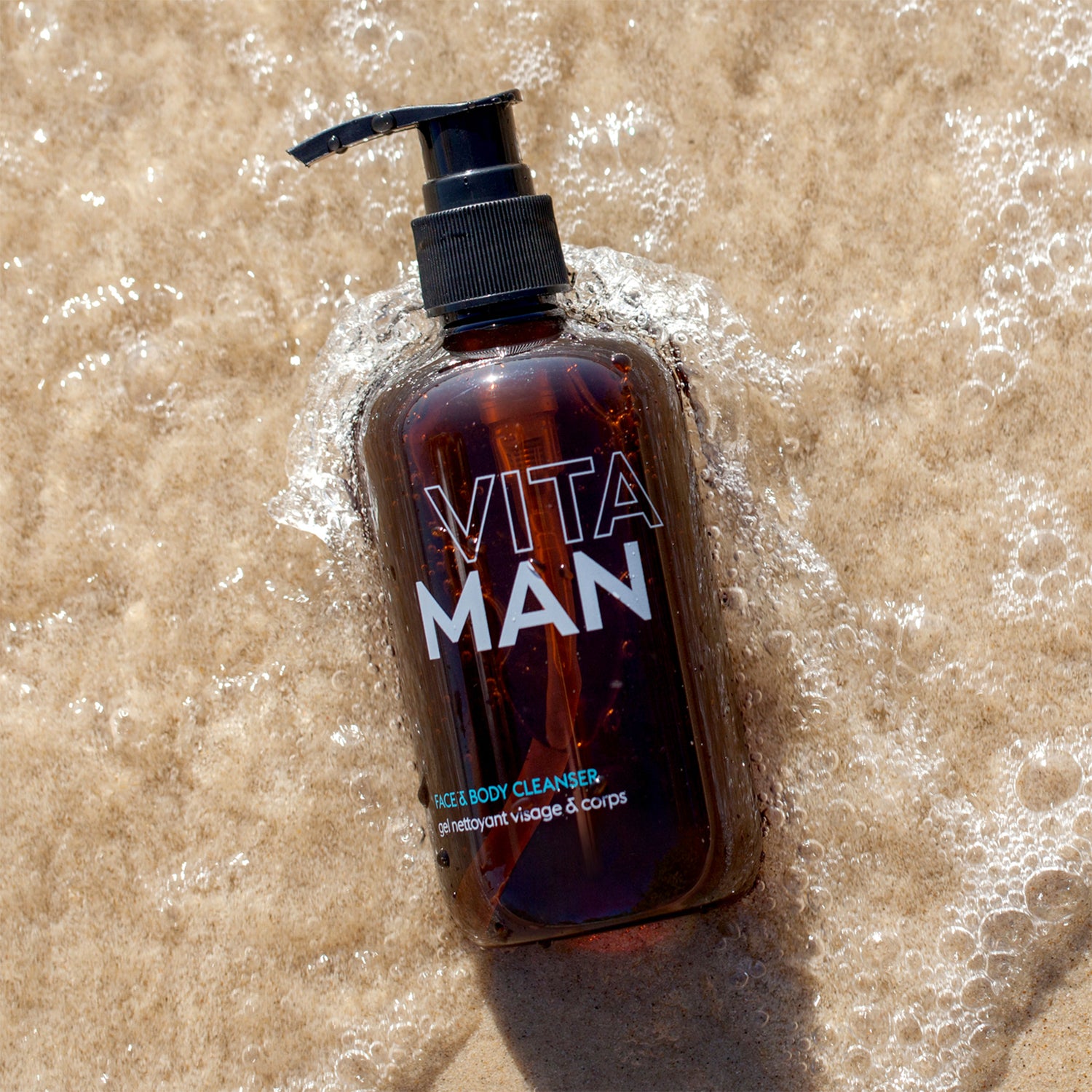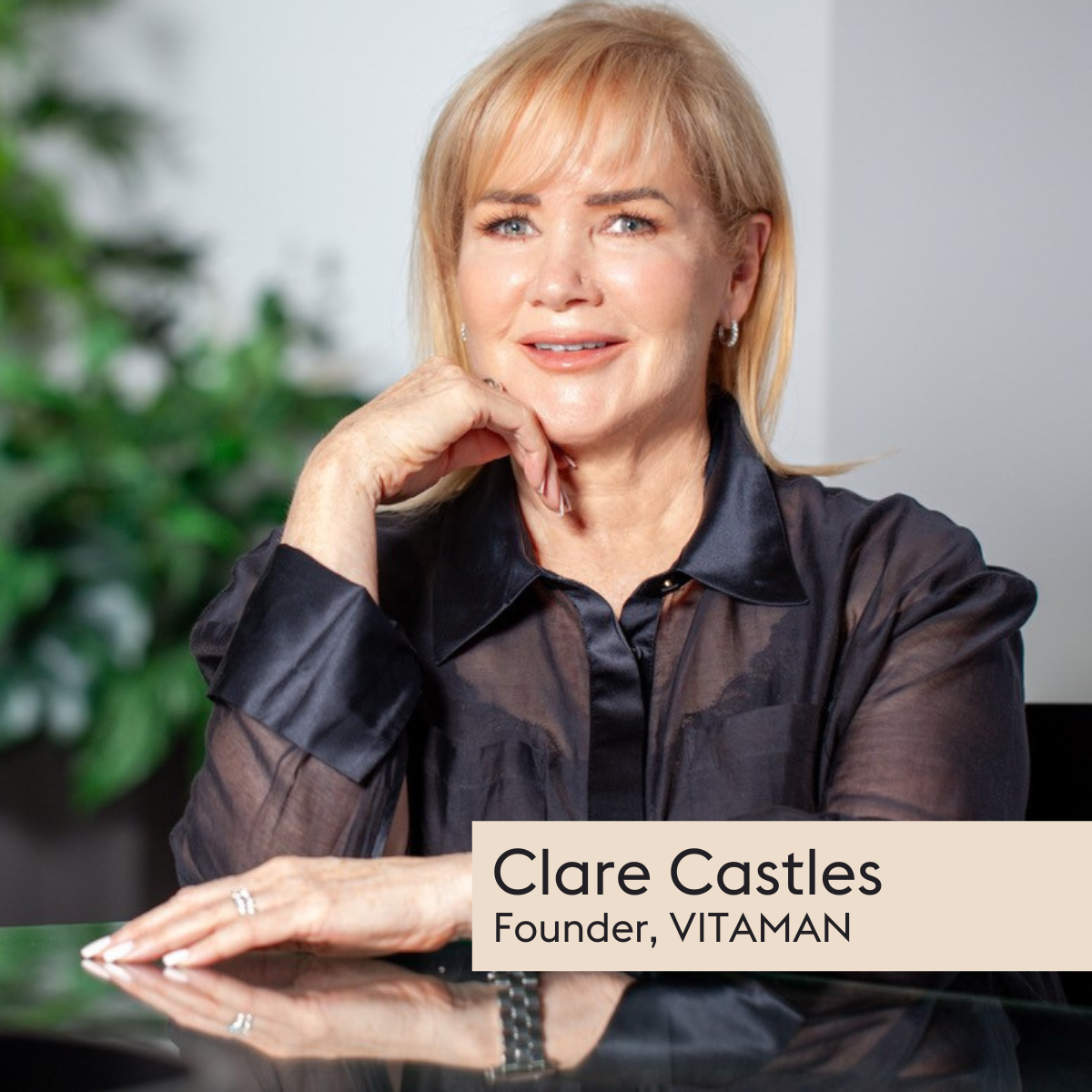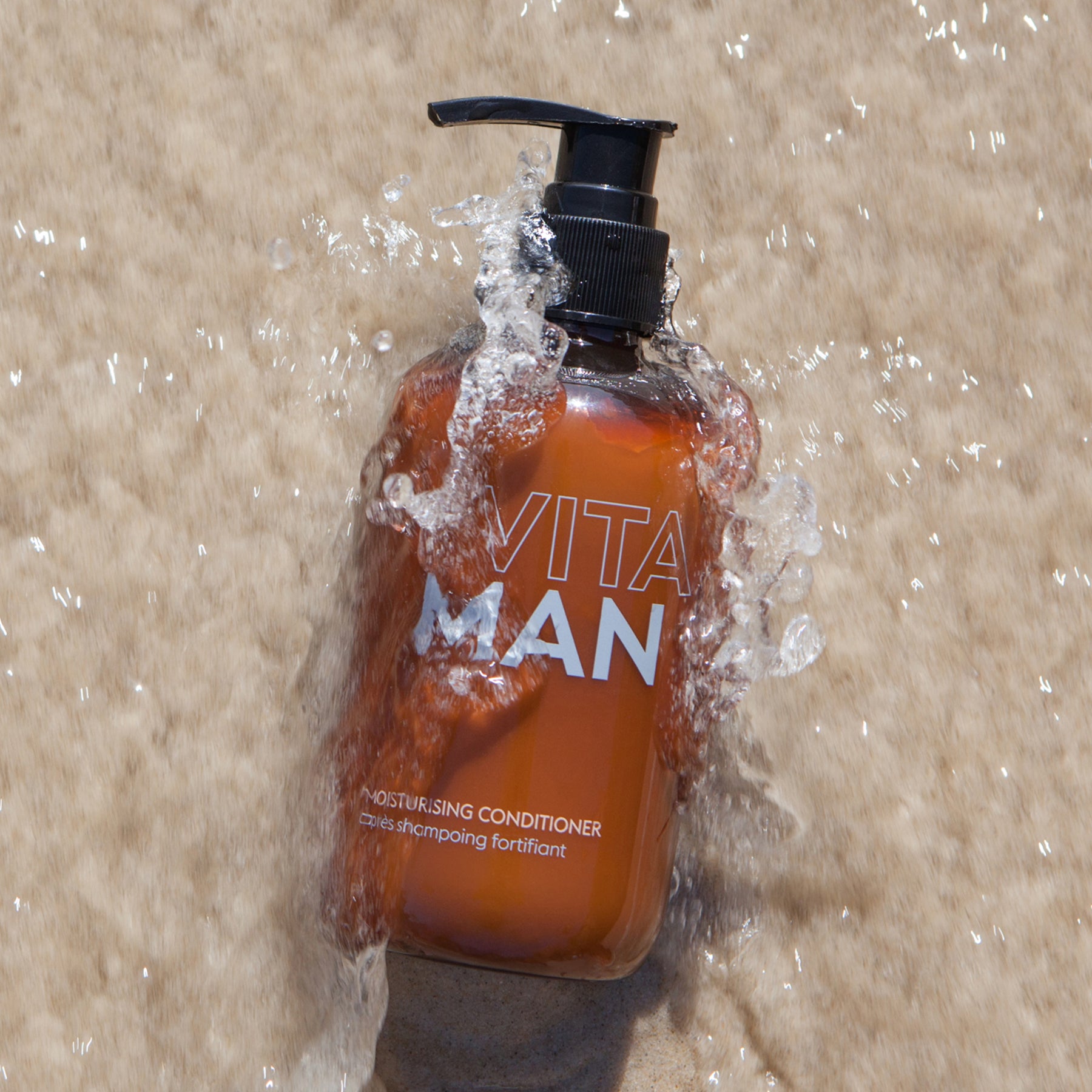The Olympics have been around for thousands of years - so it’s no surprise that there are hundreds (if not thousands!) of mind-blowing Olympic facts that we could explore in this blog.
Alas, we don’t have the time to get through them all!
That’s why we did the research and found our top 10 craziest, mind-blowing Olympic facts about this epic festival of sport - spanning the thousands of years between the Ancient Greeks and the modern-day Olympic Games.
Let’s see how many of these you guys already knew!

A Shoeless Runner Won Gold
Rewind to the games of 1960, and the name Abebe Bikila is one that most Olympic enthusiasts will recognize.
During a 26 mile Olympic marathon, Bikila ran the entire course length barefoot. No sports socks, no running shoes, just the soles of his feet and a heck of a lot of determination and strength.
What’s more - HE WON GOLD! Bikila became the first African in history to achieve gold medal status in the Olympic games. It’s Olympic facts like this that really show the strength of our athletes!
Olympic Athletes Competed Nude
In today’s games, you could be arrested for taking your clothes off and running down the 2000m track in the nude. In Ancient Greece, it was a different story altogether!
An Ancient Greek olympian named Orsippus changed history when he competed in nothing but his birthday suit. The Greeks thought that this showed courage and represented everything great about Greece. He was applauded for his bravery!
Bonus Olympic Fact: Did you know that the word ‘gymnasium’ comes from the old Greek phrase ‘gymnós,’ which translates to ‘naked’?
The Olympics Took A 1500 Year Break
The original Olympics of Ancient Greece ran from 776 BC through to 392 AD. Similar to today, they were held every four years. However, they were held in honor of the Greek god Zeus in ancient times.
In 392 AD, Emperor Theodosius of Rome stopped the Olympic Games to abolish Paganism from his empire. So began the 1503 year wait for these great games to return.
In 1896, Pierre de Coubertin formed the first International Olympic Committee and revived the Olympic Games in Athens.

A 10 Year Old Competed In The Olympics
In 1896, Dimitrios Loundras competed in Athens at the age of 10. He took part in the parallel bars team event and took home a bronze medal alongside his teammates (all of whom were older than him).
This makes Loundras the youngest medal winner in history. However, this only takes into account athletes who had their age recorded.
While it can’t be considered official on our list of olympic facts, it is rumored that an athlete as young as 7 once competed, but this can’t be officially verified!
A Long Jumper Held His Record For 50 Years
At every Olympic Games, chances are you’ll see plenty of Olympic records being broken. Athletes achieve highly one year, and then 4 years later, someone beats the records they set.
Not in the case of Bob Bearman. In 1968, Bearman set the long jump record at 8.90 meters - a jump distance that is yet to be beaten, even by today’s athletic standards.
That means, in over 50 years, no one has jumped as far as Bearman in an Olympic arena!
The Olympic Flame (Almost) Never Goes Out
Did you know that the Olympic flame can withstand up to 50mph winds? It’s also been all around the world, through intense heat and blistering cold.
When in transit, the Olympic flame may momentarily extinguish. However, that does not mean the flame has died. In Athens, there is always a flame lit and someone on hand ready to relight if necessary.
The First Paralympic Event Was Held For Veterans
The idea behind the Paralympics is a great one - everyone has the chance to compete and show the world what they’ve got, regardless of their physicality. In 1960, the Paralympics were introduced to give disabled war veterans a fair chance at competing and winning medals.
However, before 1960, disabled athletes had no choice but to compete in the Olympics against non-disabled sportspeople. Although disabled athletes still won many medals, the modern Paralympics is now considered a fair playing field for all involved.

Gold Medals Are Made Of Silver
Gold medals are actually made of silver. The average gold medal weighs approximately 556 grams (as of Tokyo 2020), but how much of that weight do you think is made up of gold?
Only 6 grams!
The rest of that weight is made up of silver - and for very good reason. According to recent appraisal statistics, a solid gold Olympic medal would cost close to $32,000 to make!
Two Athletes Switched Olympic Nationalities
Kakhi Kakhiashvila won a gold medal in weightlifting in 1992. He was competing for the Unified Team in the Barcelona games and proudly flew the flag for what was the Soviet Union team. He then took on Greek citizenship and competed for Greece in the 1996 and 2000 Olympic Games.
Daniel Carrol has a similar story. He won gold in Olympic rugby for Australia in 1908. Fast forward to 1920, and he competed as an American.
2012 Was The Women's Olympics
It wasn’t until the London 2012 Olympics that women competed for every country participating in the games. As a result, the 2012 games are widely known as the Women’s Games.
During these games, women were not prevented from competing in any events. Before this, the Olympics did not feature women’s boxing, for example. Countries such as Saudi Arabia and Qatar had never sent women athletes to the Olympics before 2012.
Looking for gold medal skincare? Check out our range of natural skincare products for men!















